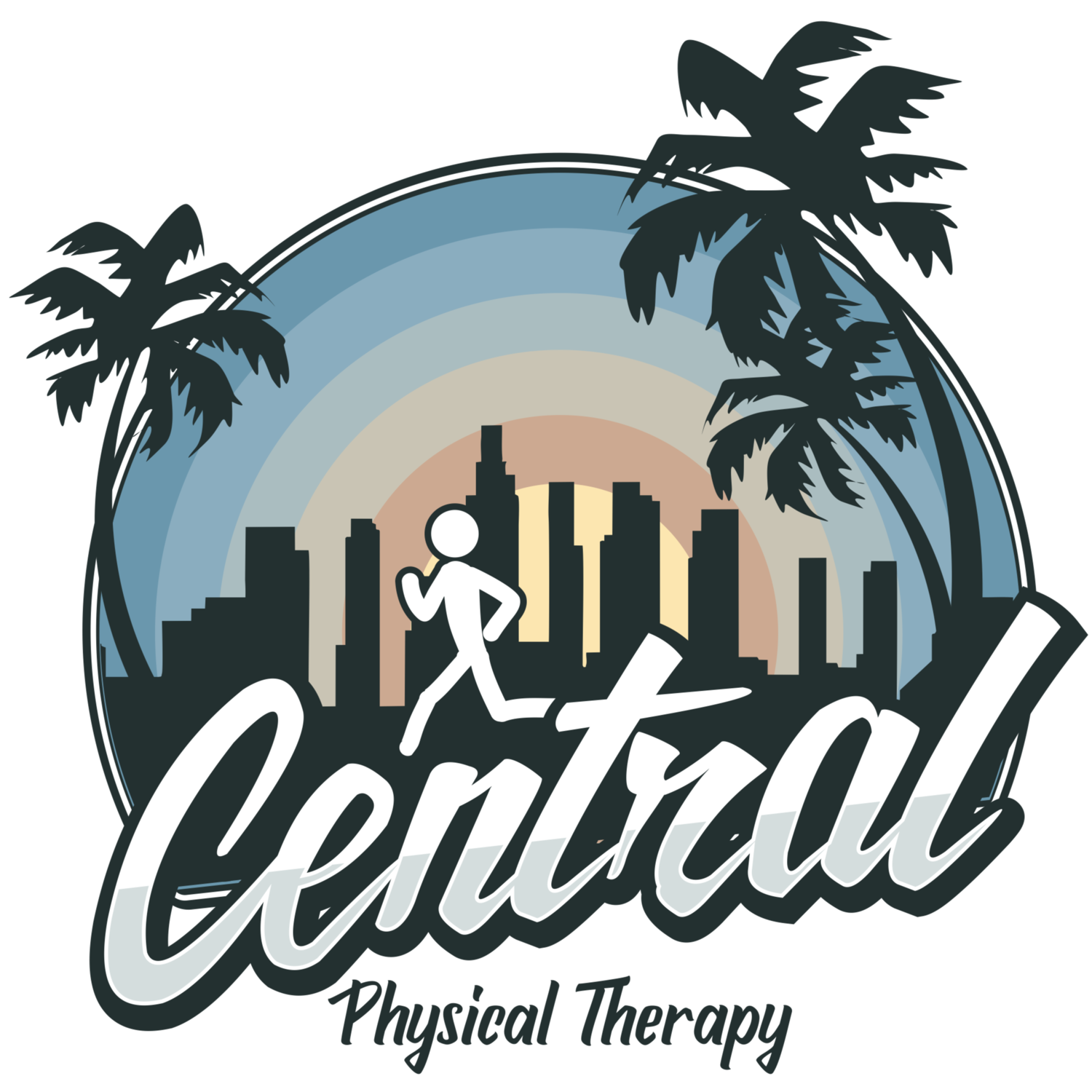What is Dynamic Neuromuscular Stabilization (DNS)?
DNS is an assessment and treatment approach utilizing the principles of developmental kinesiology (the way a baby moves in the 1st year of life). It provides an “ideal” standard of stabilization, posture, and respiration in which to assess and compare a patient to in order to find any dysfunctions that may be contributing to their problem. Specific strategies are then used to help patients apply these principles to their own bodies to restore this “ideal”.
Babies first learn to stabilize and coordinate the core region properly (at about 3-months) lying supine (on their back) and increasing intra-abdominal pressure (IAP), using the diaphragm for both stabilization and respiration. This, in coordination with the pelvic floor, abdominal, and spinal extensor muscles, properly stabilizes the lumbar and lower thoracic region of the trunk. The stabilization in the cervical and upper thoracic region are coordinated by the deep neck flexors and cervical extensor muscles.
Once this is established babies are then able to move their extremities (arms, legs) more purposefully and eventually get into more complex positions and movements (rolling, reaching, crawling, bending, sitting, rotating, etc) – all while simultaneously being able to coordinate and maintain this proper stabilization. This is done with proper breathing and IAP regulation. Since every human being who develops normally, including all of us, goes through this same process in their first year it is considered the “ideal” stabilization.
Trunk stabilization requires proper breathing and IAP regulation
The process is automatic, which means no one actually teaches the baby how to do these things. People often refer to this as “developmental milestones” - positions like lying on their back with their legs up, lying on their stomach, rolling, getting on all fours, crawling, kneeling, sitting, and eventually walking all within the first 1-1.5 years of life. It is all programmed in the brain, controlled by the central nervous system.
If only adults could stabilize and move like we did when we were babies! For many adults, as they mature and age, they go through injuries, learn bad postures, and establish a new “normal” losing their ability to stabilize properly. This often leads to imbalanced and tight muscles throughout the body, decentrated joints, lack of activation or relaxation of certain muscles, and injuries to passive structures like ligaments, cartilage, and discs. Repeated movements over a long period of time in these non-ideal positions often lead to increased pressure and stress to certain structures, which get worn down and eventually lead to injury.
The development of a baby in the 1st year of life is “automatic” controlled by the brain (or CNS)
With the DNS approach, we assess where the “weak link” is, or areas of dysfunction, which may not necessarily be where you are feeling pain. We then re-educate the patient, train their body to stabilize, breathe, coordinate IAP, and move properly again. Only then will the person be able to maintain centralized joints throughout movements and decrease injury long-term. The training and rehabilitation requires putting the patient into some of these developmental positions and guiding them in proper joint-centered movements, which is both static and dynamic.
As the patient starts to understand and develop “ideal” stabilization through proper coordination of the joints/muscles, the brain starts to automatically activate this in other positions as well. At first it may be conscious and intentional efforts to activate correctly, but as the patient is able to repeat this ideal stabilization in different positions (i.e. 100x, 1000x), it becomes more automatic and “normalized”, controlled by the central nervous system.
Links:



